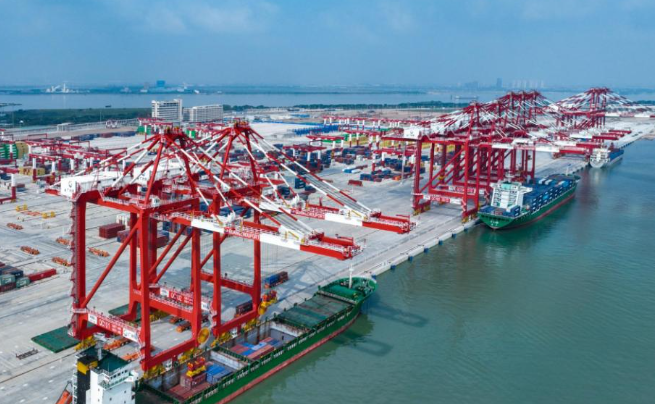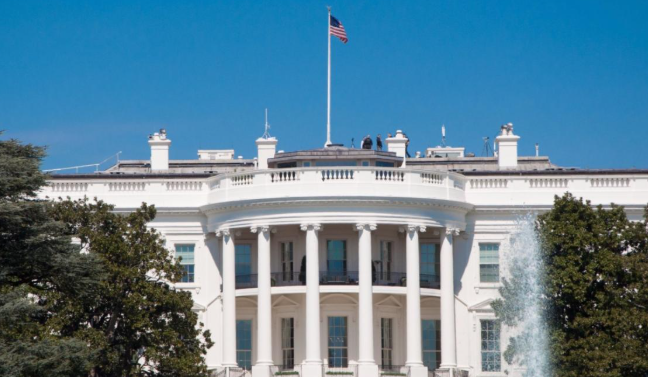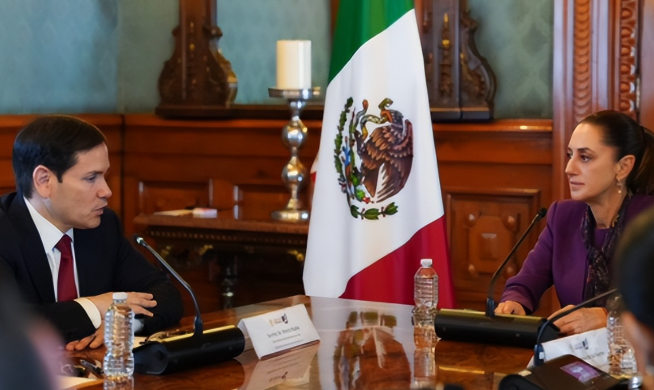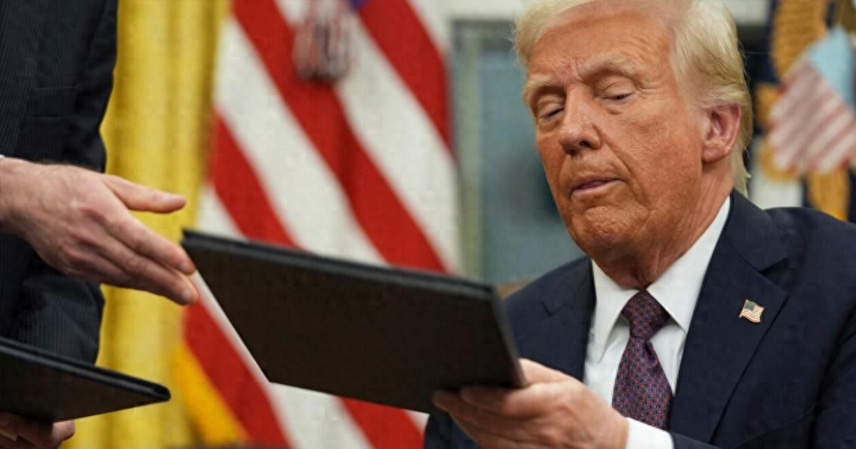Just days before China’s National Day holiday, a tariff “thunderbolt” hit the headlines. On September 27, 2025, U.S. presidential candidate Donald Trump announced a sweeping set of new punitive tariffs, set to take effect on October 1 — China’s National Day. The rates range from a minimum of 25% to a staggering 100%, sparking shockwaves on Wall Street and further straining already tense U.S.-China economic ties.
Almost immediately, Chinese and U.S. officials launched vice foreign minister–level consultations in New York, scrambling to explore room for compromise before the tariffs officially kick in.

Trump’s Tariff Playbook
Trump is no stranger to using tariffs as a political tool, but this time the timing and scale raised eyebrows. According to the released list:
- High-end patented pharmaceuticals: slapped with 100% tariffs. The measure targets Western pharmaceutical giants but avoids Chinese bulk exports of raw drug materials.
- Heavy-duty trucks: 25% tariff, though China’s share of the U.S. market is less than 5%. The primary exporters are Mexico and Canada, making this a curious move that seems aimed closer to home.
- Cabinets: 50% tariff, hitting Vietnam harder than China.
- Upholstered furniture: 30% tariff, where China holds about 15% market share, meaning limited but noticeable impact.
The tariffs are deliberately scheduled to take effect on October 1 — a symbolic date that suggests a political showpiece rather than a targeted economic offensive.

More Politics Than Policy
At first glance, it might appear to be another round of sanctions against China. But closer analysis shows the direct impact on China is modest.
- Pharmaceuticals: China exports mainly raw drug ingredients, not finished drugs. Touching raw materials would disrupt global pharma supply chains — something even Trump is unlikely to risk.
- Heavy-duty trucks: Tariffs hit Mexico and Canada far more than China, pointing to Trump’s domestic agenda rather than international pressure.
- Cabinets and furniture: China’s losses are estimated at $5 billion, less than 1% of total U.S.-China trade. Painful, yes, but far from catastrophic.
The real motive? Trump is playing to his domestic voter base, projecting toughness abroad while reviving his long-standing “bring manufacturing back” slogan at home.
Collateral Damage: Allies Take the Hit
Ironically, the tariffs may hurt America’s allies more than China. Mexico and Canada, the U.S.’s partners in the USMCA trade pact, face the brunt of the truck tariffs. Meanwhile, Southeast Asian exporters like Vietnam are exposed to the cabinet restrictions.
This fits a broader pattern: Trump’s unilateral approach has repeatedly unsettled allies. On issues from Ukraine to the Middle East, his moves have frustrated Europe. Recently, the EU even recognized Palestine at the UN against Trump’s opposition, highlighting widening cracks in transatlantic relations.
By alienating partners, the U.S. risks eroding its own influence. As some analysts note, Trump isn’t building a new world order — he’s dismantling the old one.

China’s Room for Maneuver
Although the tariffs’ immediate effect on China is contained, Beijing has retaliatory tools at its disposal. Should the situation escalate, China could target U.S. agricultural imports — a sector deeply tied to American voters. Such countermeasures would hit Trump’s rural support base directly.
For now, China is opting for dialogue, as seen in the New York consultations. But if Trump pushes forward with unilateral escalation, the fragile progress since the Phase One Trade Agreement could unravel.
A Political Show with Global Risks
Trump’s tariff shockwave seems less about China and more about campaign optics. He wants to appear strong, stir domestic support, and dominate headlines. Yet, if the “political show” spirals into a full-scale trade war, the real damage will be global — disrupting supply chains, straining allies, and dragging down growth.
China, for its part, has emphasized that dialogue is wiser than confrontation. Whether Trump listens remains to be seen. But one thing is clear: unilateralism is a dead end; cooperation is the only sustainable path.



